Amazon Fire TV Stick 4K Max review: still the streamer to beat?
The Fire TV Stick 4K Max retains its grip on top-quality streaming, but now with faster connectivity

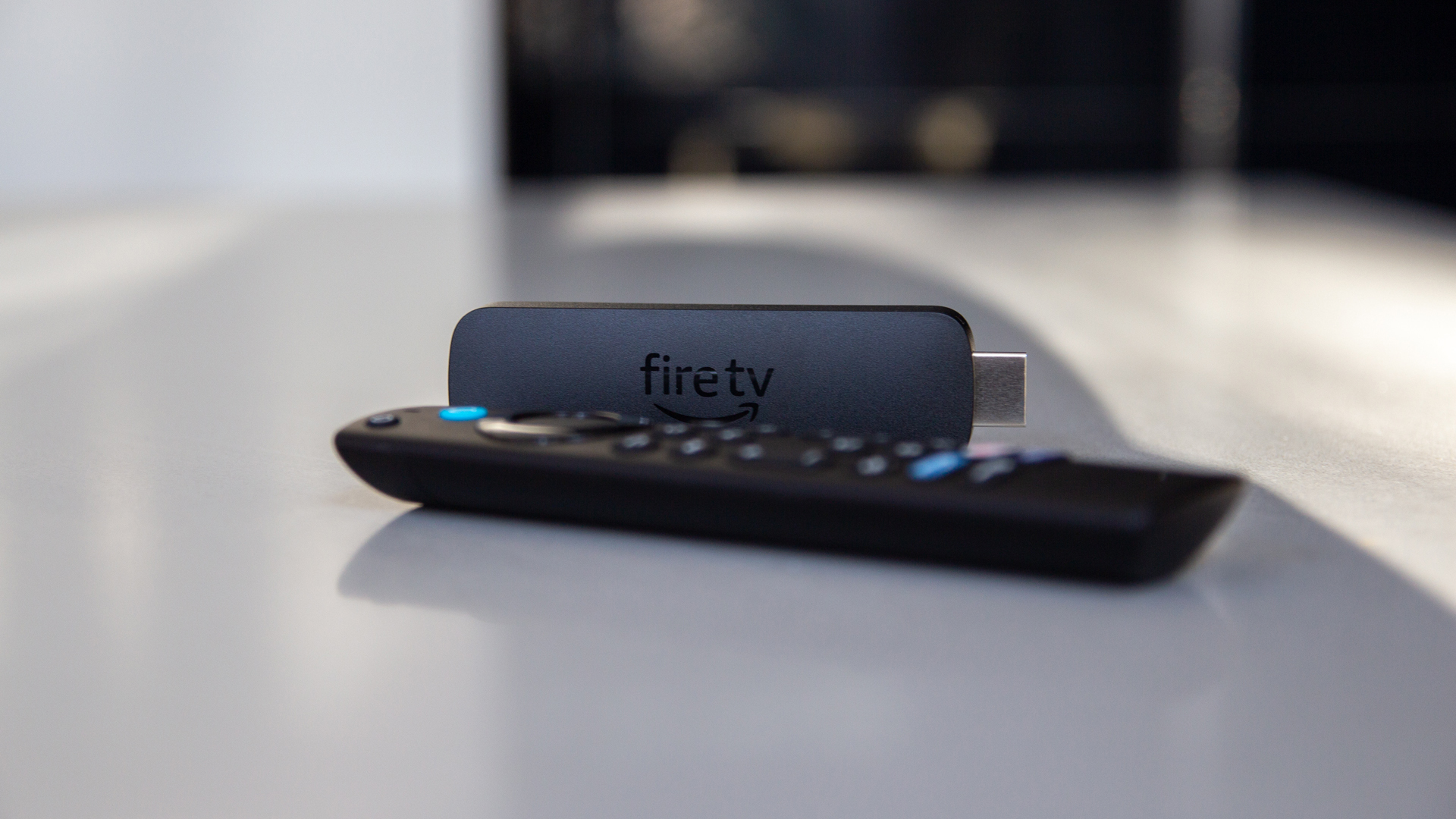
The Fire TV Stick 4K Max offers top quality, fast connectivity and the convenience of Alexa searching, all with a versatile remote too. It's a top-choice streaming device, with access to all the major services, while offering smart home functions and a new Ambient Experience. It you want to make your TV smarter, this is a great way to do it.
-
+
Fast navigation
-
+
Alexa voice searching
-
+
All the streaming services covered
-
-
Leans towards Amazon's content
-
-
Home screen recommendations not always on point
-
-
Marginal performance boost over Fire TV Stick 4K
Why you can trust T3

Amazon not only offers an impressive streaming service through Prime Video, but also offers a range of streaming devices to deliver its own exclusive content, as well as all of the best streaming services out there. The Fire TV Stick 4K Max is now in its second iteration, with Amazon making a few tweaks to an already winning formula.
A faster processor in the stick itself, support for faster Wi-Fi connectivity, the addition of a new Ambient Experience to show you artwork, all helps make this streaming stick more capable than ever - and certainly the best streamer that Amazon offers.
AMAZON FIRE TV STICK 4K MAX: PRICE & AVAILABILITY
The latest Fire TV Stick 4K Max took a little bump in price when it was announced in September 2023, retailing for £70 / $60 / AU$119.
It's available to buy now and Amazon is naturally the best retailer for it, but it's worth considering that Amazon devices regularly get discounts for big sales events like Prime Day and Black Friday, so it's definitely worth keeping an eye on the price.
AMAZON FIRE TV STICK 4K MAX REVIEW: FEATURES & WHAT'S NEW?
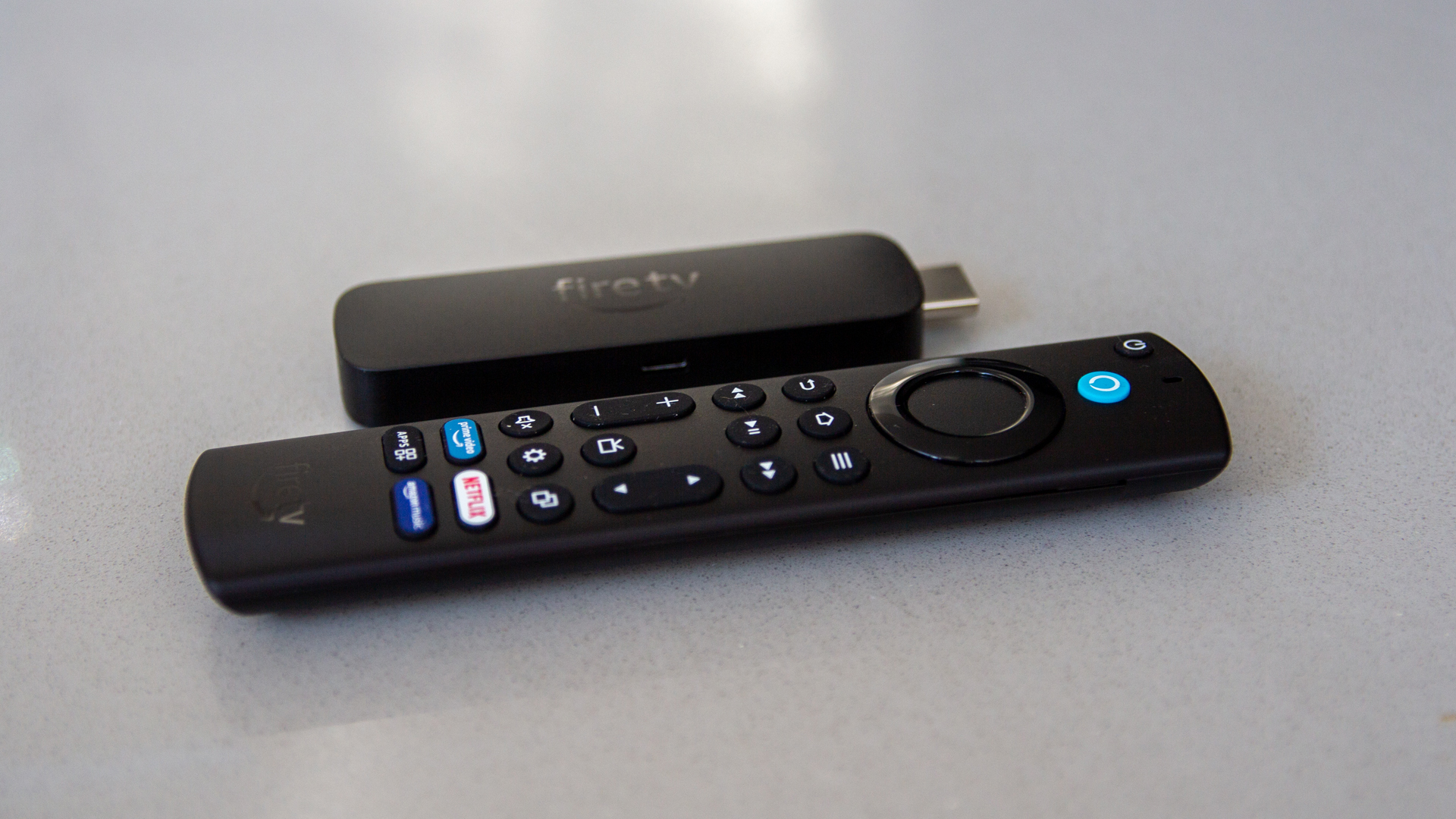
The Fire TV Stick 4K Max is the top model in Amazon's line-up of devices - excluding the Fire TV Cube - although I'd argue that's an altogether different beast. The appeal of the Fire TV Stick models is in their name - they take the form of an HDMI stick, so just need plugging into the back of your TV to get them going.
That means that the Fire TV Stick 4K Max is discreet, once it's connected you'll barely know it's there, so it's a great solution for those who don't want the additional clutter of a set-top box. It will need to be connected to a power supply to get it running and sadly the USB port on the back of your TV won't have the power that the Stick 4K Max needs to operate.
There are some important headline specs to take note: Fire TV 4K Max supports 4K resolutions, while there's support for the latest HDR standards too, including Dolby Vision and HDR10+, and Dolby Atmos audio is also supported.
Of course, to get that type of content you'll need to be watching a streaming service that offers it - like Prime Video, for example - as well as have support from your TV or soundbar. The best TVs will support those enhanced visuals and if you're buying the Fire TV 4K Max you'll want to make sure you're getting that resolution - otherwise the standard non-4K Fire TV Stick might meet your needs and save you some cash too.
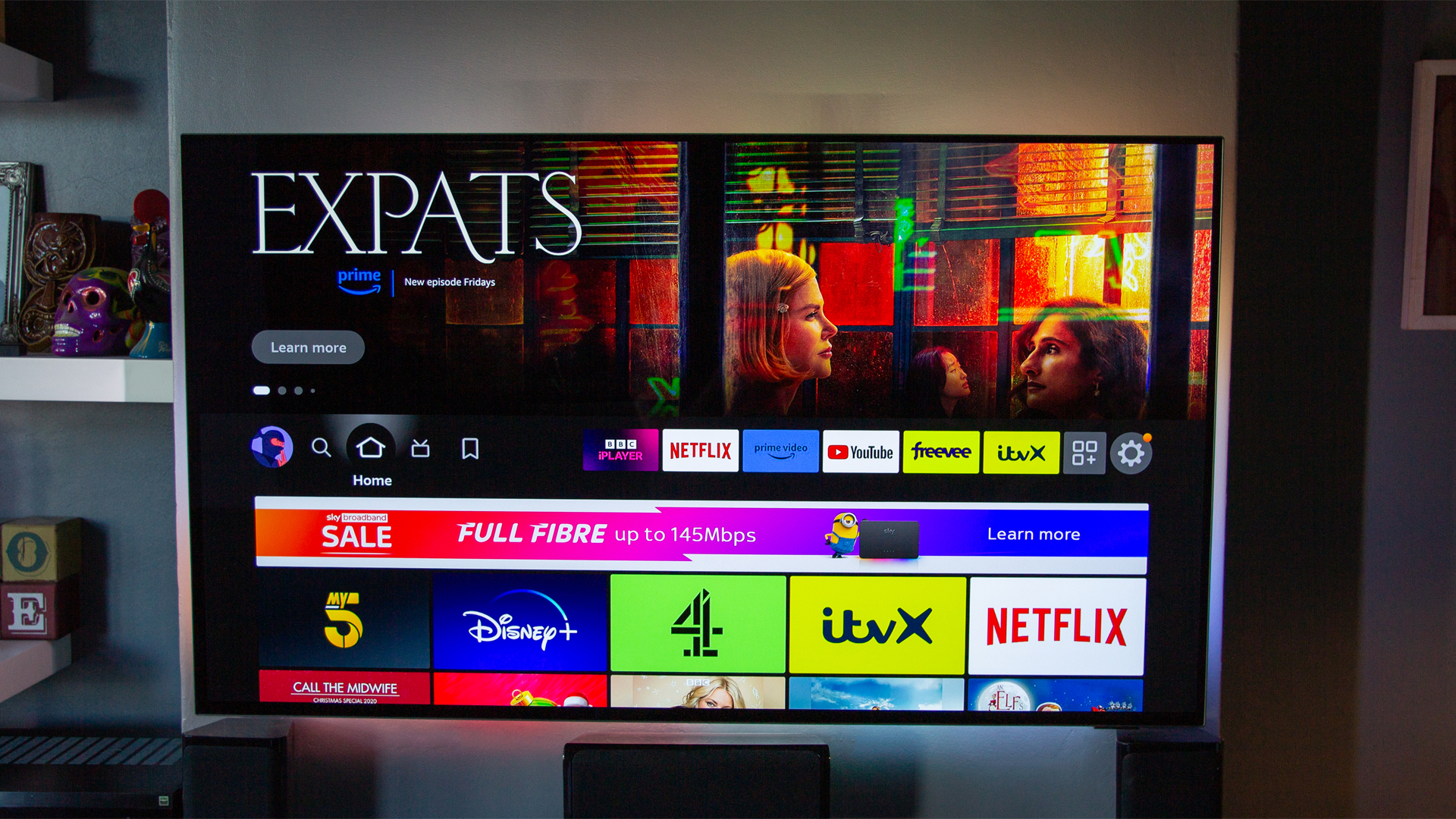
The real attraction of Fire TV is the ease of navigation around the user interface. It supports all the major streaming services - including YouTube - while it will also act as a portal for Amazon's gaming service Luna (although you'll need a Luna Controller for that). Then we come to the real reason that Fire TV is so popular: it's a fully-fledged Alexa device too.
Shipping with the Alexa Voice Remote Enhanced, you can push the button to search for content using your voice, which is so much faster than typing it in using an on-screen keyboard - and results are served up from across streaming services, so you can choose where you watch it.
Alexa will perform all the other functions that you'd expect, from giving you an update on the weather to smart home control functions, like turning on your smart lights. You can even check your Alexa-compatible home security cameras or video doorbell, right on your TV.
The addition of the Ambient Experience means that you can effectively use your Fire TV Stick 4K Max to turn your TV into a giant Echo Show. You can have artwork showing on your TV in standby, with Alexa widgets to provide a little more information.
There's also the option for screen mirroring, if you happen to have something on your phone that you want to play on your TV. That only supports Android phones natively, but there are apps you can install if you want to do the same from your iPhone. There's also a supporting Fire TV phone app that replicates the remote's functions, should you misplace it - and is also the easiest way to setup new devices.
It's a comprehensive offering, which why I think this is the best Fire TV Stick and one of the best choices for a streaming device.
AMAZON FIRE TV STICK 4K MAX REVIEW: PERFORMANCE
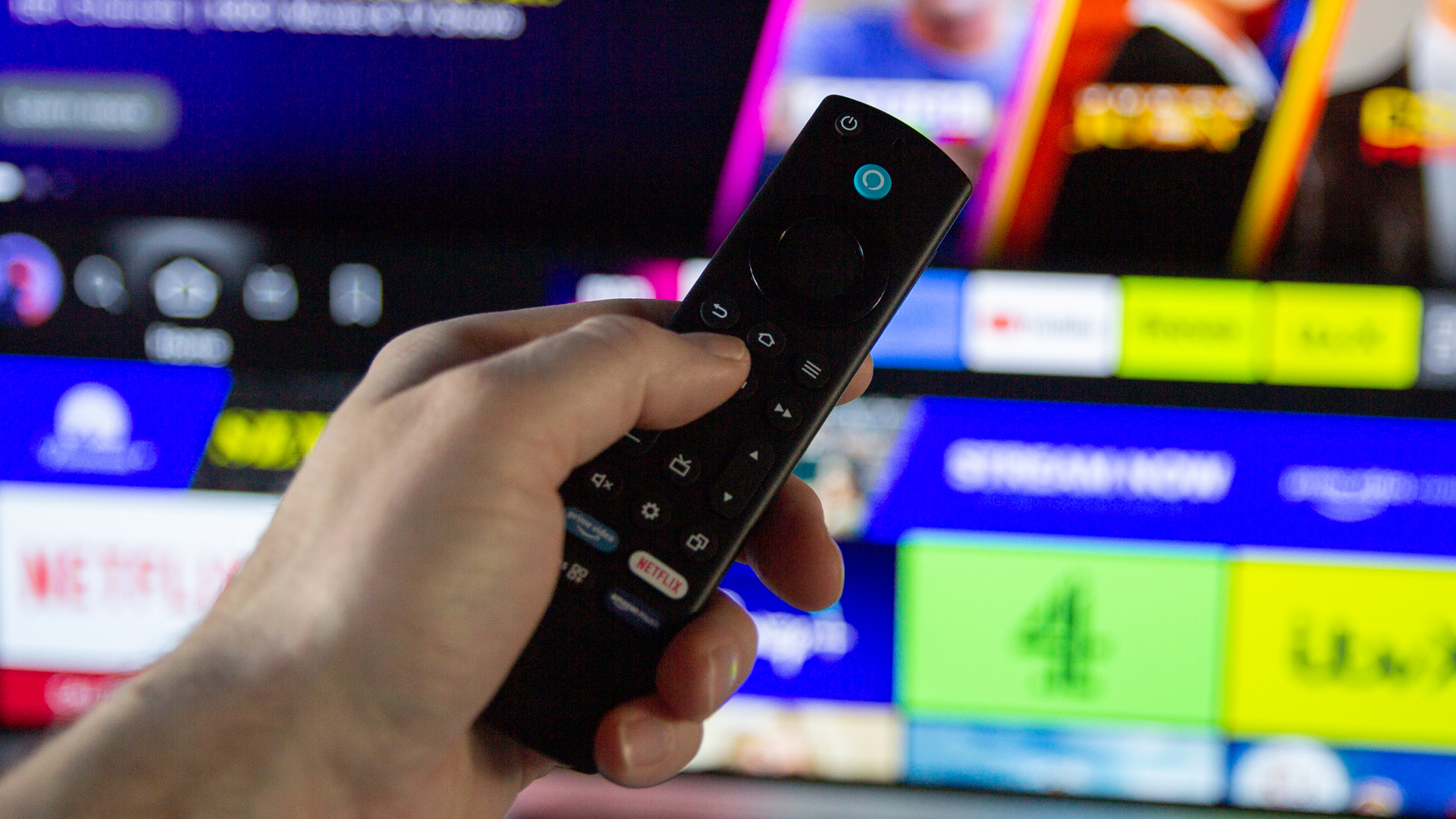
The second-gen model has a boosted 2.0GHz processor, meaning it's faster than its predecessor. In real terms it's not hugely different in the time it takes to navigate or to start playing a movie (your network has a role there - but I'll come to that in a second). Is this a stick you should be clamouring to upgrade to if you already have the old Fire TV Stick 4K Max from before 2023's release? Not really - but if you're buying, make sure you're buying the new version rather than the old. That's the real takeaway when it comes to performance.
The other new element in this second-gen version is that it supports Wi-Fi 6E rather than just Wi-Fi 6. Again, it's not a game-changing difference, it's an incremental improvement - and it's only going to benefit you if you have a more recent router that supports 6E - like recent eero devices from Amazon. But through prolonged use of the Fire TV Stick 4K Max, I've found that the connection is solid and stable and that buffering is kept to a minimum. Some of that comes from the way that streaming services start playing with a variable bitrate, before locking into the highest quality streams, where the results are excellent, but overall, you get top-notch performance.
As I mentioned previously, you'll need to have the display to support those advanced formats. I tested the Fire TV Stick 4K Max with a Philips Ambilight OLED TV and was rewarded with rich HDR imagery and 4K resolution of the latest movies from the latest services. Audio comes through too, my Sony AV receiver indicating that I'm receiving Dolby Atmos or 5.1 surround sound, adding that immersive audio to the experience too.
AMAZON FIRE TV STICK 4K MAX REVIEW: DESIGN & USABILITY
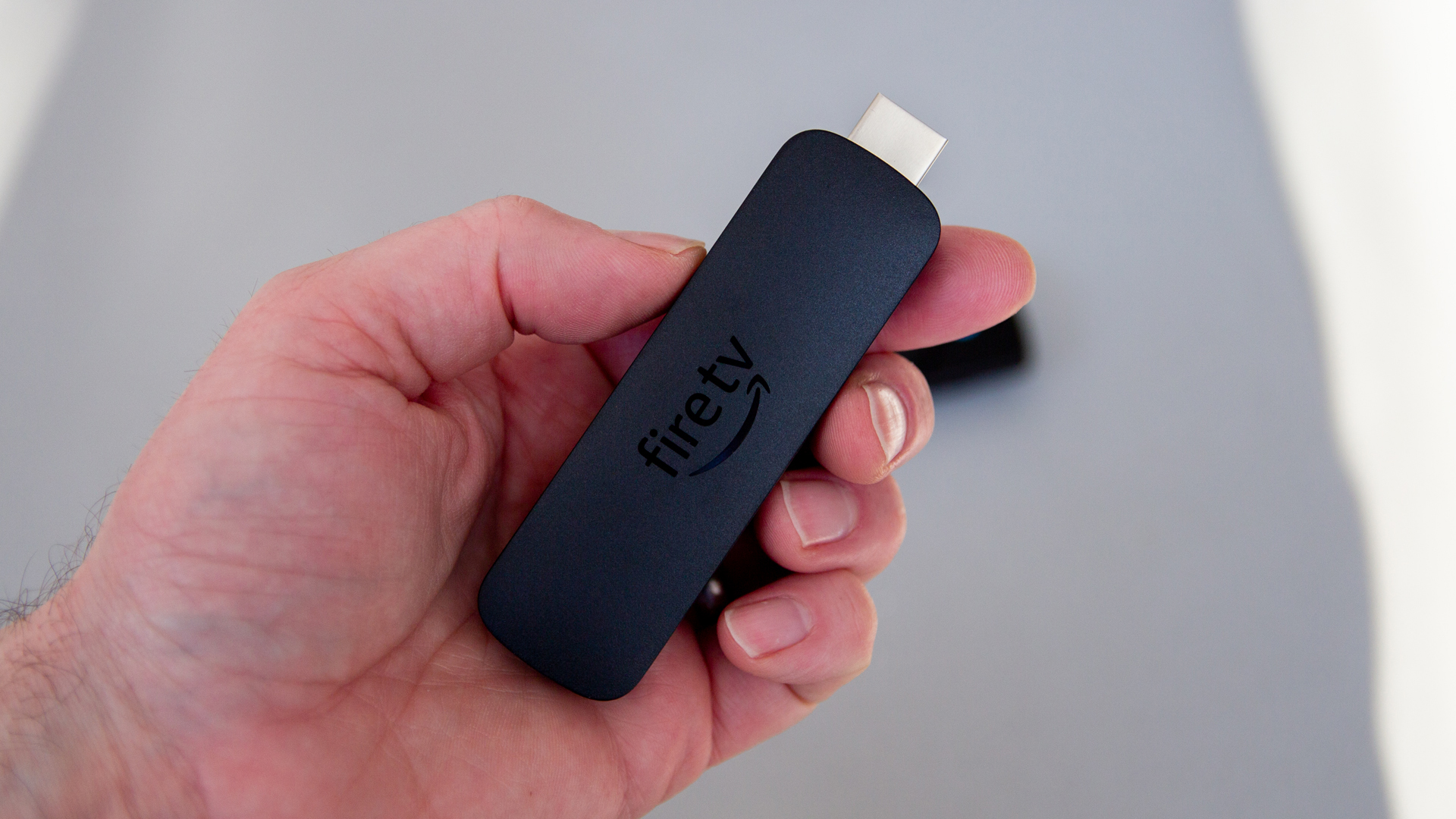
In reality, there isn't a huge quality difference between devices and once playing, it's difficult to objectively say that one streaming device is much different to another - the real difference is how you get there. Alexa takes the pain out of searching: press the button on the remote and say what you want to watch or the service you want to browse and the Fire TV Stick 4K Max will open that up for you.
This is better than devices that don't offer voice searching, because it's just so much easier to find what you're looking for. That's one of the reasons that the Fire TV Stick gets a big tick in the usability column. I mentioned previously that there's cross-service searching too, so if you're after a movie to rent, you'll see the options from the likes of Prime Video as well as Now or Apple TV+, for example.
Setup is also a breeze - especially if you install the Fire TV app on your phone first - because you can then use the app to set up your new Fire TV Stick and it takes the pain out of connecting to your Amazon account and connecting to Wi-Fi.
The remote itself is nicely designed and easy to use with shortcut buttons to take you directly to major services like Netflix and Prime Video (naturally). It's also a universal remote of sorts, inviting you to set up basic control of connected devices too. That will mean that the power button on the Alexa remote can turn off your TV and sound system, while the volume controls work too. This is a major benefit if you're a regular streamer, as it means you can park your other remotes to one side and just use the one remote.
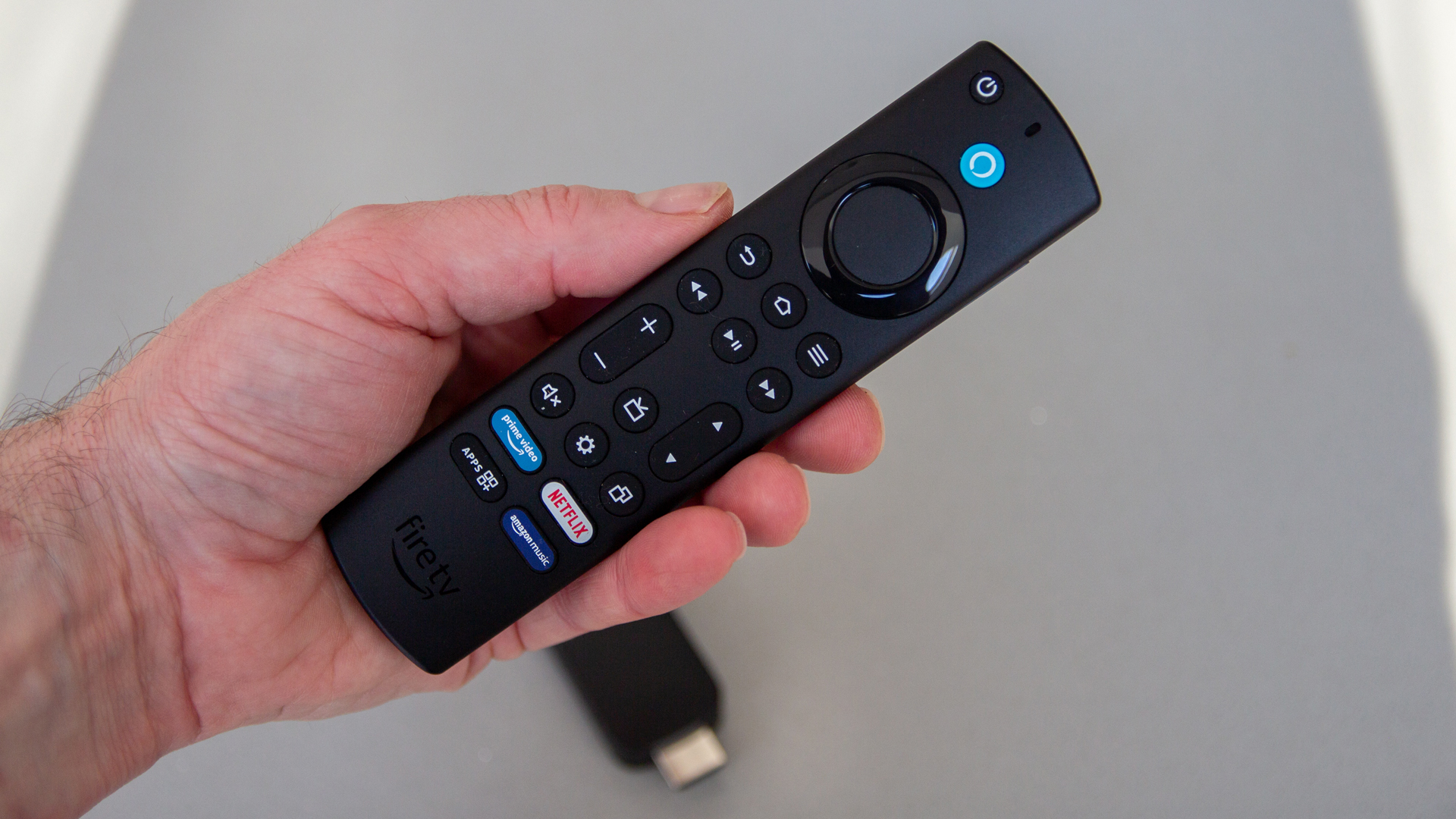
You'll be invited to install the streaming services that you want, but note that you'll have to sign into all the services separately, and parental controls for each service is handled separately. It's a little irritating that there's no consistency of sign-in for the apps you install - some will let you sign in on your phone, some will invite you to scan a QR code, some rely on username and password via the onscreen keyboard. But, hopefully, you only have to go through this once and you'll be ready to go.
Thereafter, the home screen will populate with recommendation based on what you watch and what's popular on the services that you use. Be careful, however, because sometimes the offer to resume a show you've been watching doesn't always take you to the episode you last watched, but the first episode of the first season, which is a little irritating.
There's also a leaning towards Amazon's content and that might be irritating for some.
There's little to say about the design. It's a simple HDMI stick that's designed to be kept out of sight around the back of your TV - and the design doesn't differ much from other Fire TV Sticks that Amazon offers.
AMAZON FIRE TV STICK 4K MAX REVIEW: VERDICT

Amazon's top streaming stick, the second-gen 4K Max, offers access to all the streaming services, a smooth a fast experience, is well-connected and fuss-free in use. It offers good value for money - especially during regular Amazon Prime sales - and it's easy to see that this is one of the best options for streaming.
The experience is boosted by Alexa's integration, both for searching and expanding the breadth of functions that this device can bring to your TV, while the new Ambient Experience allows for a backdrop that's now a little more dynamic.
If I'm being critical I could say that the experience of the Fire TV Stick 4K is pretty close - and it's a little cheaper, so arguably, if you don't want the absolute best, then that alternative might also suit your needs. Otherwise there's no doubt that the Amazon Fire TV Stick 4K Max delivers to the maximum and is easily 5-star product.
ALSO CONSIDER
The immediate alternative to the Fire TV Stick 4K Max is the Fire TV Stick 4K, which is a little cheaper.
If you want something that's a little simpler, but offering much the same experience, then you might consider the Roku Streaming Stick+ 4K - it has a much more basic user interface, but once you're into the apps, it's much the same experience.
Finally, Chromecast with Google TV offers much the same experience as the Fire TV Stick, although the remote is less conventional, so it's not as simple to use.
Sign up to the T3 newsletter for smarter living straight to your inbox
Get all the latest news, reviews, deals and buying guides on gorgeous tech, home and active products from the T3 experts
Chris has been writing about consumer tech for over 15 years. Formerly the Editor-in-Chief of Pocket-lint, he's covered just about every product launched, witnessed the birth of Android, the evolution of 5G, and the drive towards electric cars. You name it and Chris has written about it, driven it or reviewed it. Now working as a freelance technology expert, Chris' experience sees him covering all aspects of smartphones, smart homes and anything else connected. Chris has been published in titles as diverse as Computer Active and Autocar, and regularly appears on BBC News, BBC Radio, Sky, Monocle and Times Radio. He was once even on The Apprentice... but we don't talk about that.
-
 Polar’s new subscription feature lands in the shadow of Garmin’s Connect+ rollout
Polar’s new subscription feature lands in the shadow of Garmin’s Connect+ rolloutPR genius or timing disaster? Polar’s new Fitness Programme adds adaptive training to its ecosystem
By Matt Kollat Published
-
 New Orient Star watches offer a glimpse of the magic within
New Orient Star watches offer a glimpse of the magic withinThere are two new skeleton pieces
By Sam Cross Published
-
 Netflix's most surprising 100%-rated sci-fi series returns with gorgeous trailer
Netflix's most surprising 100%-rated sci-fi series returns with gorgeous trailerLove Death + Robots is back for more
By Max Freeman-Mills Published